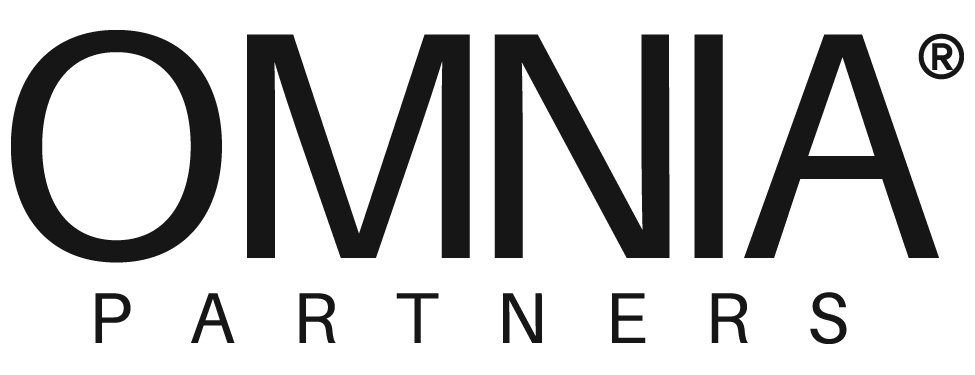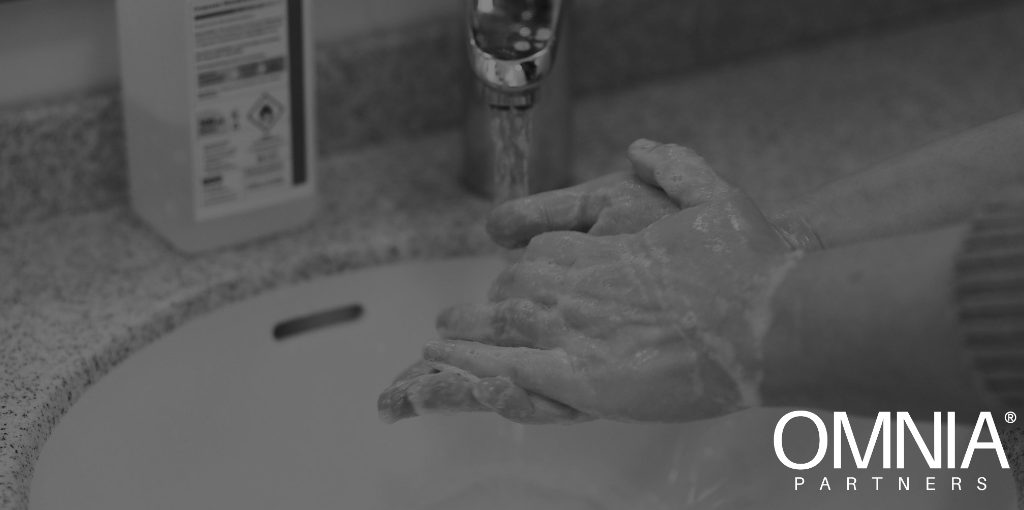Smarter Purchasing: How to Get What You Need During an Emergency
There’s nothing like an ongoing national emergency to reveal who is prepared and who has been caught off guard with unanticipated needs.
Many government entities have been forced to undertake urgent searches for supplies, often unsuccessfully or at great expense after significant delays, leaving their first responders and citizenry unnecessarily vulnerable. Those cities, counties, and states that partner with strong purchasing cooperatives are having a completely different experience—easier access to what they need, help sourcing products with limited supply, while still providing best-value prices through a competitively-solicited contract. How have they been able to accomplish this during the worst pandemic in a century? There are five factors that drive cooperative purchasing consistency and continuity, and they tell the story of how governments can be prepared to serve their citizens through any crisis.
FACTOR ONE:
Suppliers Put Customers First
When an emergency like a pandemic hits, suppliers may face severe resource issues. Deliveries from manufacturers could slow, and fewer personnel may be available to process orders. In times like these, onboarding new customers can become almost impossible. When inventory is limited, suppliers simply must prioritize existing customers to receive available stock. Even those who lack cooperative contracts but are consistent buyers will be given priority over any new buyers. So, starting from square one with a supplier may not be an option. Governments that are partnered with a strong purchasing cooperative don’t have to worry about starting or maintaining an existing relationship with individual suppliers. The cooperative’s relationships become their relationships, and become their advantage over other government agencies seeking the same limited resources.
FACTOR TWO:
The Hunt for Supplies Consumes More Resources
When supplies are low and demand is high and increasing, organizations and government entities of all sizes can consume enormous amounts of energy and time simply researching where and how to best secure their needed inventory—which, in turn, consumes even more time that no one has during an emergency. Which supplier has what? When is the product available, who can source it the quickest, and at what cost? When the market moves in panic, resource planning is a constant moving target. Instead of making hundreds of calls, with different staff and departments spending hours on research and tracking, governments with strong cooperative purchasing partners simply make one call. The cooperative can leverage its diverse portfolio of cooperative contracts and partnerships with reliable suppliers to support public agencies in their search for needed supplies.
FACTOR THREE:
Knowing When to Push the Button
How do you know when to keep looking? How do you know when to stop and place a backorder with an individual supplier, not knowing if or when your items will ship? How do you balance the risk and not end up paying too much for something that takes too long to arrive? When you can’t find what you’re looking for, it’s tempting to keep searching, rather than putting an order into a supplier’s queue. The cooperative is constantly in touch with supplier partners who have their finger on the pulse of supply and demand giving their participants insight on when it makes sense to place an order or when it’s best to keep looking. Government entities that maintain a standard list of emergency inventory items can leap into action the minute that any shortage appears on the horizon.
FACTOR FOUR:
Undeniably Superior Pivot Power
No one can pivot like a strong purchasing cooperative. With extraordinarily robust supplier networks, and experience across nearly all product categories, purchasing cooperatives help their government agencies and education institutions identify where the market is headed with ample time to make better decisions. The strongest, most agile cooperatives weren’t just keeping their participants connected with suppliers offering personal protective equipment (PPE) and sanitizer during the initial outbreak of COVID-19; they have been staying in close communication with public agencies and supplier partners to anticipate the next wave of needs: Touch-free sanitation solutions, new furniture designs for social distancing, improved office air filtration systems and beyond.
FACTOR FIVE:
Our Expertise Helps Us Plan, Prepare, and Predict
There is far more to seeing into the supply chain than spreadsheets and catalogs can provide. It is a human network, supported by strong data, that drives the procurement process. A procurement partnership means far more than just help choosing the right products; participants receive decision-driving guidance based on timing, product supply, solid relationships, and deep insights. Government entities with established cooperative relationships have an undeniable edge over others when it comes to planning and responding to emergencies.
Helping governments get what they need during a crisis: The COVID-19 pandemic is a powerful reminder of how these five factors can determine which government agencies and educational institutions are able to plan, respond and recover as quickly as possible. Get the guidance you need to organize and activate your emergency inventory plan. There has never been a better time to strengthen your buying and preparedness power all at once. Locate your OMNIA Partners contact to receive immediate help with current and future purchasing and recovery planning. For more information on our response to COVID-19, visit our emergency resource page.
Brought to you by:





















